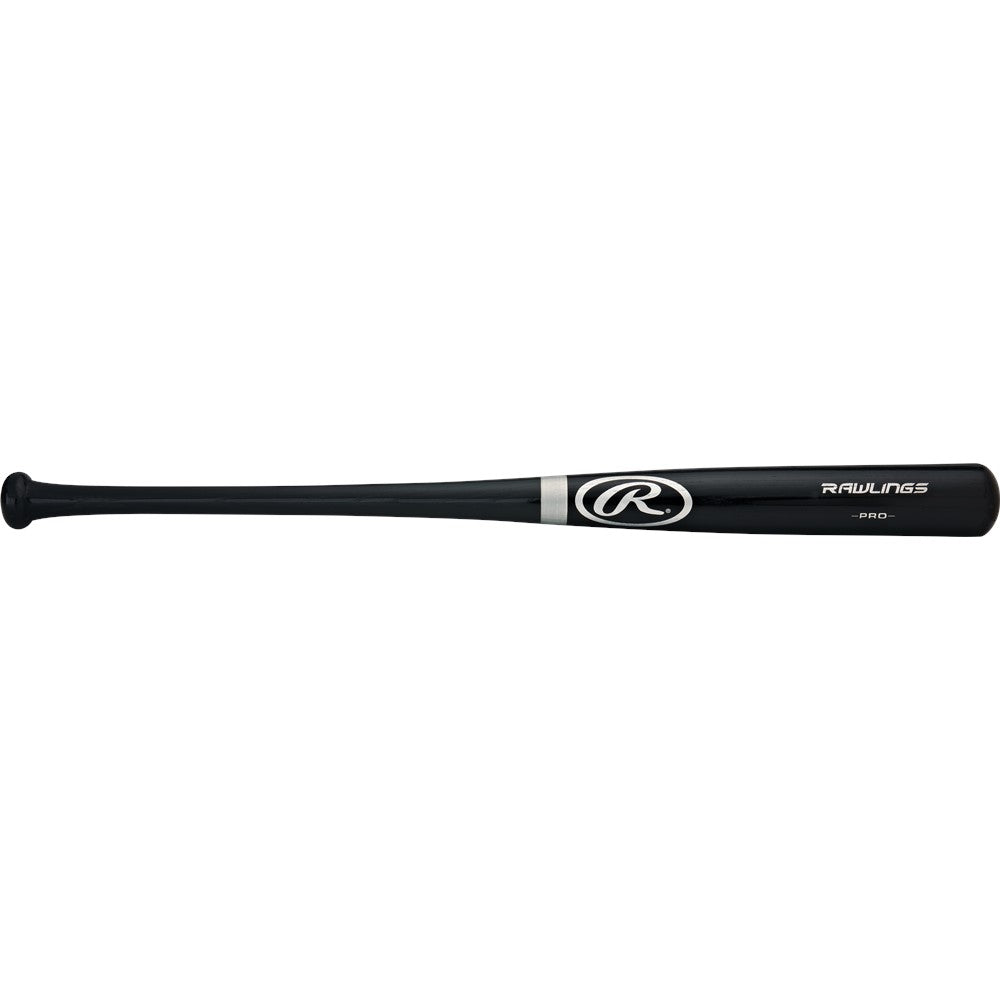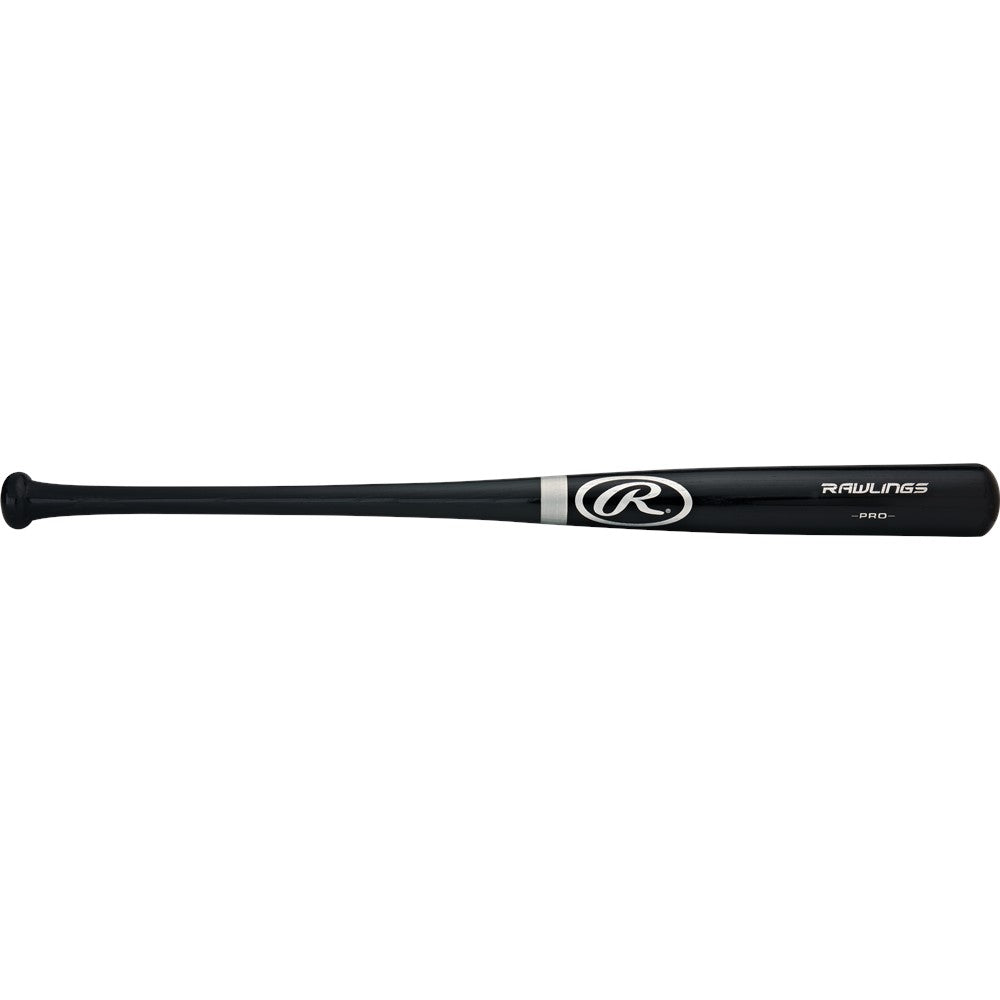Rawlings
Rawlings (R212AB) Adirondack Black Ash Baseball Bat - ADULT
Couldn't load pickup availability
Price Match Promise
Price Match Promise
The Baseball and Softball Shop are proud to offer high quality baseball and softball equipment for the best prices possible. We regularly check our prices against competitors to ensure that we are offering the best value in the UK and Europe.
If you find the same product on the internet (company based in the UK or Europe), in stock at a lower price we will match the lower price. Please contact us with details.
Buyer's Guide
Buyer's Guide
Whether you play Little League baseball or for a college team, buying a bat is a personal decision. New technology has delivered bats that not only enhance performance but also are tailored to an individual player's strengths. It is essential that you select a bat that fits your unique body configuration and skill level, height, weight, and hitting strength
- Determine Which Bat Fits Your Body
- Determining the Right Baseball Bat Weight
- Understanding Bat Materials
- Understanding Bat Technology
1. Determine Which Bat Fits Your Body
There are some standard rules of thumb in selecting the appropriate bat length. The charts below offer some guidelines based on age and weight and height.
Age
Using your age as a guide, use the chart below to determine the bat length that fits your body
|
Determine Your Bat Length by Age |
|
|
Age |
Bat length |
|
3-7 years old |
24"-26" |
|
8-9 years old |
26"-28" |
|
10 years old |
28"-29" |
|
11-12 years old |
30"-31" |
|
13-14 years old |
31"-32" |
|
15-16 years old |
32"-33" |
|
17+ years old |
34" |
Height and weight
These are usually better ways to determine what bat length may work best for you
|
Determine Your Bat Length by Weight and Height |
||||||||||
|
|
Your height (inches) |
|||||||||
|
Your weight (pounds) |
36-40 |
41-44 |
45-48 |
49-52 |
53-56 |
57-60 |
61-64 |
65-68 |
69-72 |
73+ |
|
Bat length |
||||||||||
|
less than 60 |
26" |
27" |
28" |
29" |
29" |
|
|
|
|
|
|
61-70 |
27" |
27" |
28" |
29" |
30" |
30" |
|
|
|
|
|
71-80 |
|
28" |
28" |
29" |
30" |
30" |
31" |
|
|
|
|
81-90 |
|
28" |
29" |
29" |
30" |
30" |
31" |
32" |
|
|
|
91-100 |
|
28" |
29" |
30" |
30" |
31" |
31" |
32" |
|
|
|
101-110 |
|
29" |
29" |
30" |
30" |
31" |
31" |
32" |
|
|
|
111-120 |
|
29" |
29" |
30" |
30" |
31" |
31" |
32" |
|
|
|
121-130 |
|
29" |
29" |
30" |
30" |
31" |
32" |
33" |
33" |
|
|
131-140 |
|
29" |
30" |
30" |
31" |
31" |
32" |
33" |
33" |
|
|
141-150 |
|
|
30" |
30" |
31" |
31" |
32" |
33" |
33" |
|
|
151-160 |
|
|
30" |
31" |
31" |
32" |
32" |
33" |
33" |
33" |
|
161-170 |
|
|
|
31" |
31" |
32" |
32" |
33" |
33" |
34" |
|
171-180 |
|
|
|
|
|
32" |
33" |
33" |
34" |
34" |
|
180+ |
|
|
|
|
|
|
33" |
33" |
34" |
34" |
2. Determining the Right Baseball Bat Weight
- Most bats are also weighted in ounces
- Manufacturers have done a great job in balancing the bat's weight to its length
- Many bats have a weight-to-length ratio, often shown as -4, -6, etc.
- This basically means a 34-inch bat with a -6 ratio weighs 28 ounces
- Selecting weight really depends on two critical factors--your strength and your hitting style
- It also depends a lot on your personal preference in weight and length, so the following are simply guidelines to follow:
- Bigger, stronger players generally prefer a heavier bat since they get the benefits of both the heft and swing power
- Smaller players with less strength should consider a lighter bat to generate a quicker swing
- Younger players, too, should consider that a lighter bat increases control--great for singles hitters, while
3. Understanding Bat Materials
The world of bats now offers a large variety of choices in materials. These can be broken into three primary categories: aluminum, graphite/titanium lined, and wood. Each provides its own unique characteristics and advantages for today's players.
Aluminum
- Aluminum is lighter in weight, which increases control and bat speed. Balls travel farther with aluminum over other metals.
- Despite generally higher costs than other materials, aluminum is durable and not prone to crack or break
- Aluminum bats come in a variety of alloys, each with a different weight
- Generally, lighter aluminum alloys are thinner and more durable. The one thing these have in common is that they are all different combinations of Zinc, Copper, Magnesium and Aluminum. The following is a list of the different alloys and their benefits.
- 7046: This is the standard aluminum alloy used in most bats
- CU31/7050: More durable than 7046, due to increased levels of zirconium, magnesium, and copper
- C405/7055: Increased Zirconium content than 7050, giving higher strength
- C555: 7% stronger than C405, has traces of scandium, which increases strength
- Lighter weight bats also increase the "sweet spot," the hitting zone on the bat's barrel that gives the maximum place to put metal to ball
- Aluminum bats, and those enhanced with other alloys, also come in single-layer or double-layer construction
- Double-layer bats offer more durability and power, since the ball rebounds off the bat with more authority
- Cryogenically treated aluminum--Alloy is frozen and reheated to provide greater durability, less vibration and 2-4% greater distance
Graphite/Titanium lined
- Technology has enabled bat makers to use lighter, stronger materials. Graphite and titanium are just two of these.
- Both are usually added to thinner-wall aluminum bats, enabling bats to be lighter and increasing a player's swing speed
- These materials also increase durability and the batter's sweet spot
- Graphite and titanium also help reduce vibration and the sting of ball shock, the tingling feeling sent to the hands usually when you miss hitting the ball in the bat's sweet spot
Wood
- Wood bats offer a classic feel and sound
- Look for a grain that is long and wide, which indicates a tree's age and density
- Wood bats offer more choices in shape and taper that can be customized to a player's swing
- Wood has three big disadvantages:
- Bats crack and break
- Reduced sweet spots on the barrel
- Far less hitting power than metal bats
4. Understanding Bat Technology
Bat technology may seem a little confusing but it's not rocket-science. There are three essential elements to a bat: barrel size, bat taper and grip.
Barrel size
- This includes both the length of the barrel--top part of the bat--and its diameter
- The longer the barrel, generally, the larger the sweet spot for hitting the ball
- As for diameter, the standard is 2 1/2, inches but many players prefer a smaller barrel that lightens weight and provides more swing speed
Taper
- This is the diameter of the bat's handle
- Standard bats are tapered 31/32 of an inch but can be slightly larger or smaller depending on whether you want a lighter or heavier bat
- You may prefer the feel of a bigger bat taper, which can also reduce the sting when a ball isn't struck on the sweet spot
- Some players like a narrower taper for the lighter weight and to rotate their wrists faster when hitting.
Grip
- The grip is simply the covering that bat manufacturers use on the handle of aluminium bats
- Rubber grips absorb more of the shock
- Leather or synthetic leather gives a tackier feel for a surer grip
- Some bats come with a cushioned grip to decrease the shock even more
Details
• 31", 32", 33", 34"
• Wood: Ash
• Barrel: Large
• Handle: 31/32"
• Signature style end brand for easy personalization
• Laser engraved knob


